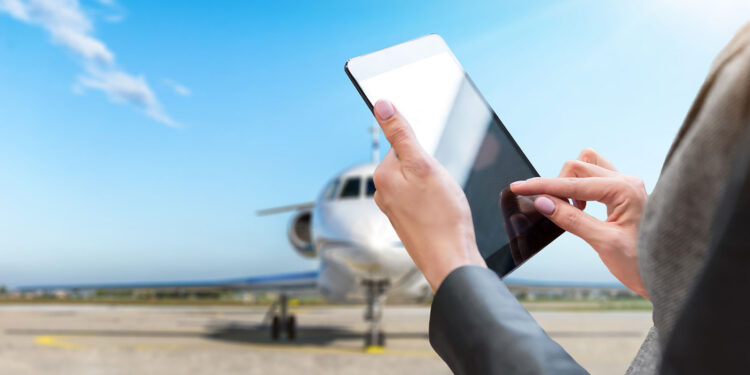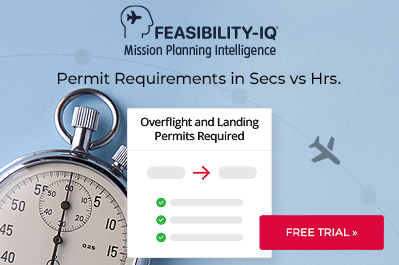Operating Requirements: Part 2 – Unique Procedures

This aviation blog post is part of a series on unique airport and country considerations and continues from our last article entitled “Operating Requirements: Part 1 – Unique Airport and Country Considerations.”
Many unique operating requirements, here and there around the world, are location specific while others depend on the type of flight you’re operating. Some requirements, such as age restrictions, only apply to charter operations while others apply to all flight activity. It’s important to research all operating considerations/restrictions in advance.
The following is a compilation of different locations to provide you with an overview of differing requirements for airports or countries:
1. Japan’s military airports have specific requirements
While not many international operators choose to use military/civilian airfields, in Japan you’ll need specific permission to do so and permit lead times will be longer. A certificate of airworthiness must be provided in order to process a request to land at a military airfield in Japan.
2. Israel has highly unique permit requirements
It’s important to be aware of permit complexities, and unique requirements, when operating to Israel. You may only fly to Israel from an airport that’s on the currently approved list. Once a permit is issued, a unique security code and login is provided to the crew. Prior to departure to Israel this code must be entered on a secure website where procedures will be provided for flying to/from the country. This code must also be provided to ATC prior to entering Israeli airspace. For more information on this see our blog “Business Aviation Trip Planning Tips: Operating to Israel Part 1 – Permit Requirements.”
3. Visas on arrival in India
There are only two locations in India where visas may be obtained on arrival – Delhi (VIDP) and Mumbai (VABB). This visa on arrival is also known as a Temporary Landing Permit (TLP). In any case, final approval on whether you’ll be approved for a visa on arrival or not is at the discretion of the customs, immigration, and quarantine (CIQ) inspector on duty. It’s never recommended to depend on obtaining a visa on arrival in India as there’s no way to guarantee you’ll receive it.
4. Visa requirements for Russia
In the past it was possible to obtain visas on arrival for Russia at both Moscow and St Petersburg airports. St Petersburg (ULLI) has discontinued visas on arrival. Visas on arrival are now only possible at Moscow area airports and they’re processed at a consulate located close to Domodedovo (UUDD). If you operate to UUDD, your ground handler will take your passports etc. to the nearby visa office. If you operate to Vnukovo (UUWW) or Sheremetyevo (UUEE), documentation can be driven to the consulate but be aware it may take three or more hours to complete the process. Be mindful that you must remain at the airport during processing of a visa on arrival. In some cases it may be possible to obtain a visa on arrival at an automated airport kiosk, in the form of a machine-issued sticker. However, the machines that print these stickers may be inoperable. Note that visas are required for all stops in Russia, other than for single fuel-only technical stops.
5. Venezuela and Colombia permit and nav fee considerations
If you’re traveling to Venezuela with less than 72 hours on the ground, and make no additional stops within the country, no landing permit is needed. Keep in mind, however, that if delays are encountered and you exceed the 72 hours you’ll require a departure permit to leave the country and this may cause operational delays. Be aware that Venezuela charges fees for transiting its airspace. It’s important to confirm that any past air nav fees have been paid prior to making your next trip. If fee payments are outstanding you’ll be permitted to land but will not be allowed to depart until all fees due have been settled. The permit situation in Colombia is somewhat similar. Landing permits for Colombia is not needed if your stay is 48 hours or less and you make no more than one stop in country. If, however, you go over the 48 hour limit, or choose to make an additional stop, a permit will be required and you’ll remain on the ground until this permit is obtained.
6. Additional Reading: Operating Requirements
Note: Links will be updated as articles are published.
- Part 1 – unique airport and country requirements
- Part 2 – unique procedures
- Part 3 – particular restrictions
- Part 4 – best practice tips
Conclusion
Always verify airport information and operating hours, ground handler information and general aviation CIQ availability prior to any international operation. There may be airport curfew times, or CIQ blackout periods, to consider.
Questions?
If you have any questions about this article or would like assistance planning your next trip, contact me at greglinton@univ-wea.com.
Later, we will discuss particular restrictions to consider for your trips.




